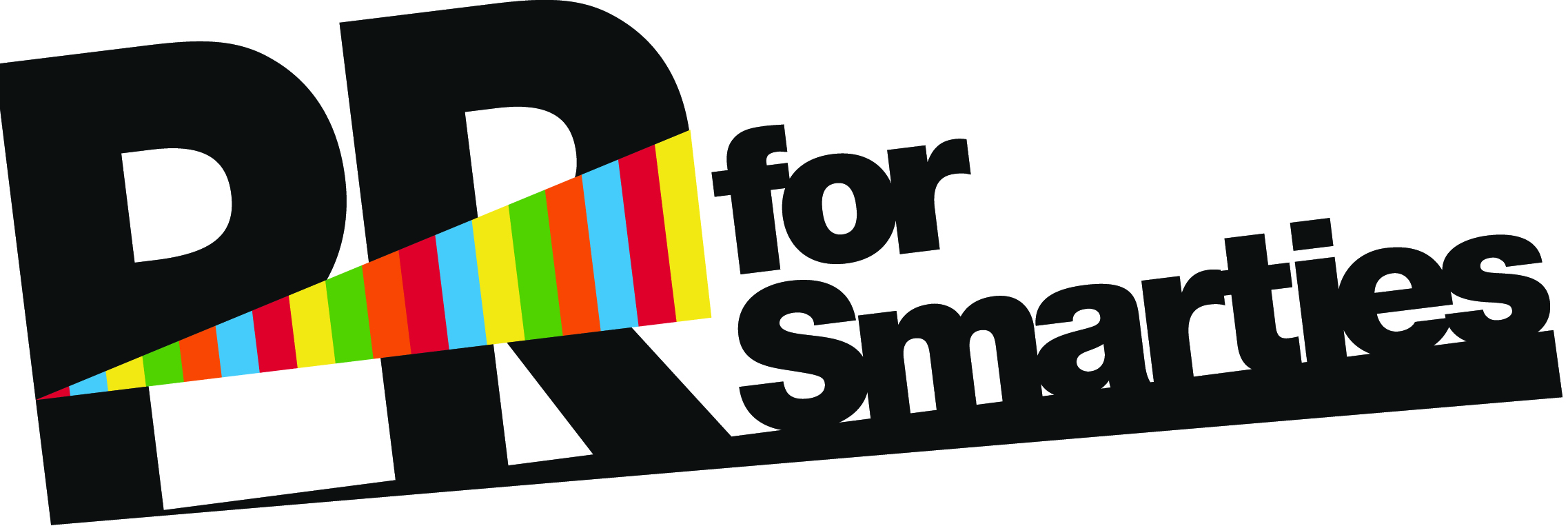
Horray for Hollywood? Celebrity does indeed sell magazines and drive web traffic. The proof is in the analytics.
I finally caught up with this eye opening piece from the New York Times Magazine about journalism in the age of the internet. The article, part of a magazine cover story on money and “worth,” takes a look at the new financial model of publishing, which is being pursued by scrappy upstart The Faster Times (an excellent site, by the way, and home of @NewYorkTheater) as well as internet behemoth The Huffington Post.
For media watchers, it’s a fascinating read in general. But nestled in the article is a little prize nugget about stats, and what stories and headlines drive search engine optimization and page views, the bread and butter of online media. And guess what? Celebrity sells.
This, of course, is nothing new. Before the internet, there was always the problem of pitching stories that would fall flat because it wasn’t celebrity driven. In the late 90s, with the rise of the supermarket rags like US Weekly, it became harder and harder to pitch certain publications without an A or B list star attached.
To whit: Over a decade ago, a guy you never heard of sold Moby’s soul on Ebay. A well placed Page 6 item (when they were relevant) turned into a flurry of PR, including a quick hit in Time Magazine. The internet was in its infancy, but was being covered endlessly. Ebay was probably covered the most. Moby’s album Play was everywhere.
So an A list pop star plus Ebay plus airing dirty laundry in public in quite a clever way (at the time, purists were calling Moby a sell out for licensing every song on the album to various corporations for commercial use) made for a media bonanza. And when the “soul” was purchased for $45, there was a 2nd round of coverage.
This was all, by the way, to promote an independent film.
Back then, there was really no way to quantify that readers of Time Magazine, or even Page 6, cared about Moby, his soul or Ebay. Now we have Google rankings, search terms and page views that can track exactly where the eyes are landing and, more importantly, why the eyes are ending up there in the first place.
Of course, some publications put a lot more stock in their celebrity coverage than others. Which is why it is so important to know the outlet you are pitching.
Take a look at the “Most Read” section in the sidebar of the New York Daily News to get a sense of what stories are drawing their readers. Is that the right publication for your project? Or is a niche outlet like TDF Stages better suited for what you are doing? Which readers are more likely to buy tickets?

Love this post Karen.
I especially love that now we can actually track what works and what doesn’t. To me that’s an interesting proposition because you can actually evaluate based not on someone’s opinion but on data.
Sure it can be tricky to decide what’s important and what you can throw away but it’s still leaps and bounds ahead of guessing and hoping for the best.
Thanks for the link to the Times article too!